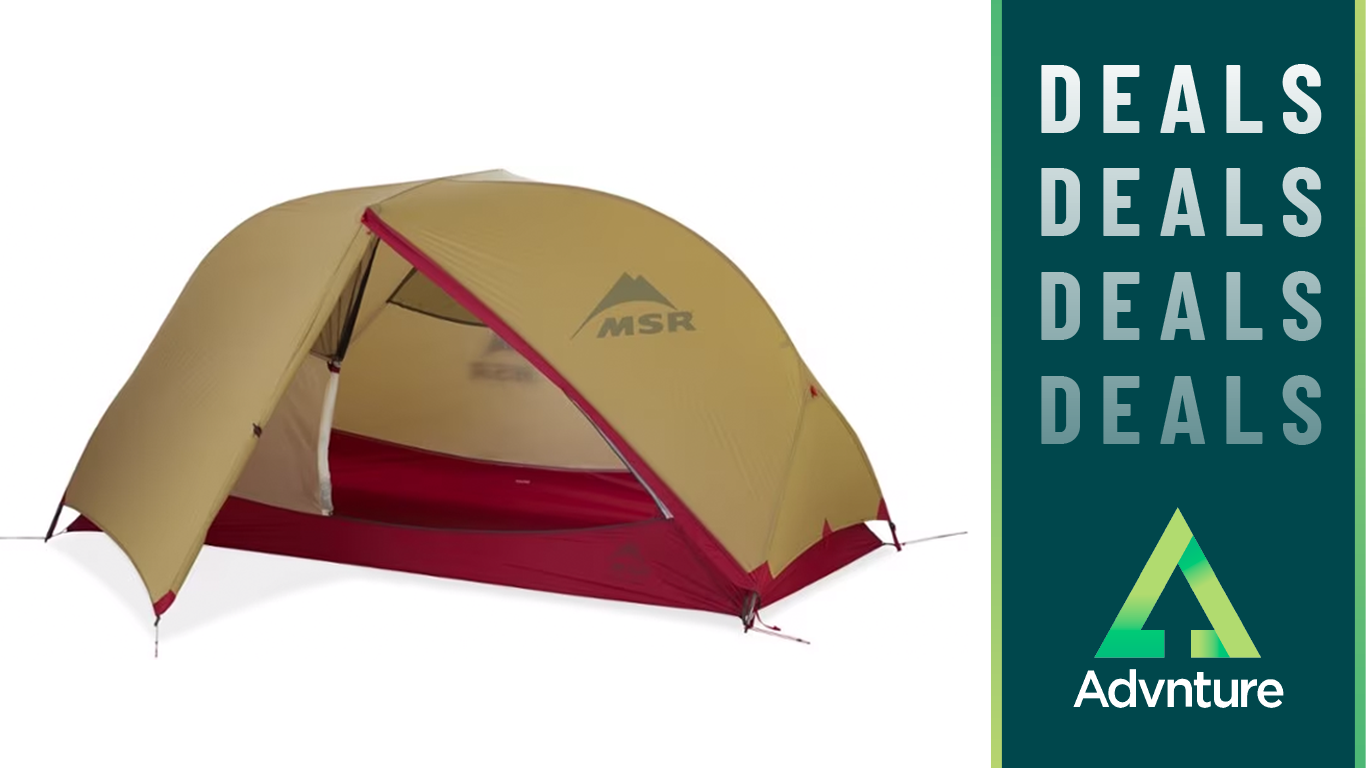What is moisture wicking material and why is it important?
Moisture wicking materials get the sweat off your skin and are quick drying, keeping you warm in winter and cool in summer
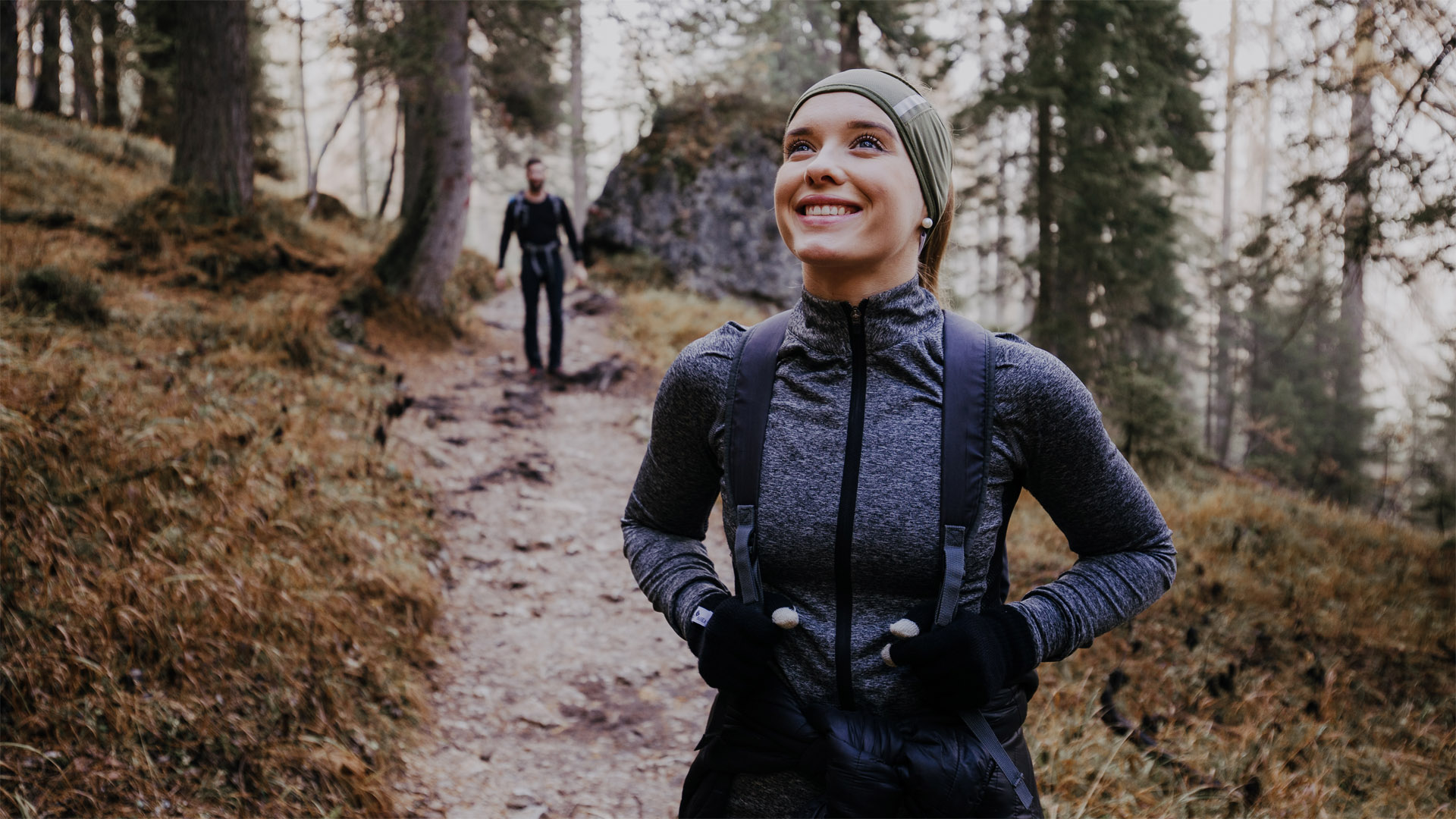
If you’ve done any browsing of outdoor gear in the past 20 years, you’ve no doubt come across the term ‘moisture wicking’ – after all it appears on descriptions for everything from base layers and running jackets to socks and underwear. So what is moisture wicking material, exactly, and why is it important?
In a nutshell, moisture wicking material is a quick-drying fabric that draws moisture away from the surface of your skin through small spaces (called capillary action) and towards the outer layer of the fabric where it evaporates, leaving your skin dry. Just imagine a candle wick drawing melted wax up from the candle and then evaporating it into the air and you’ve got the idea. Moisture wicking materials are typically synthetic, such as polyester or nylon, and have been engineered and treated by the manufacturers to do their job.
The patent for moisture wicking material was filed in 1998, though some claim that Under Armour founder Kevin Plank was already marketing moisture wicking technology two years earlier while he was a university student. Either way, moisture wicking fabrics seem to be here to stay and they’re worth considering if you love the outdoors.
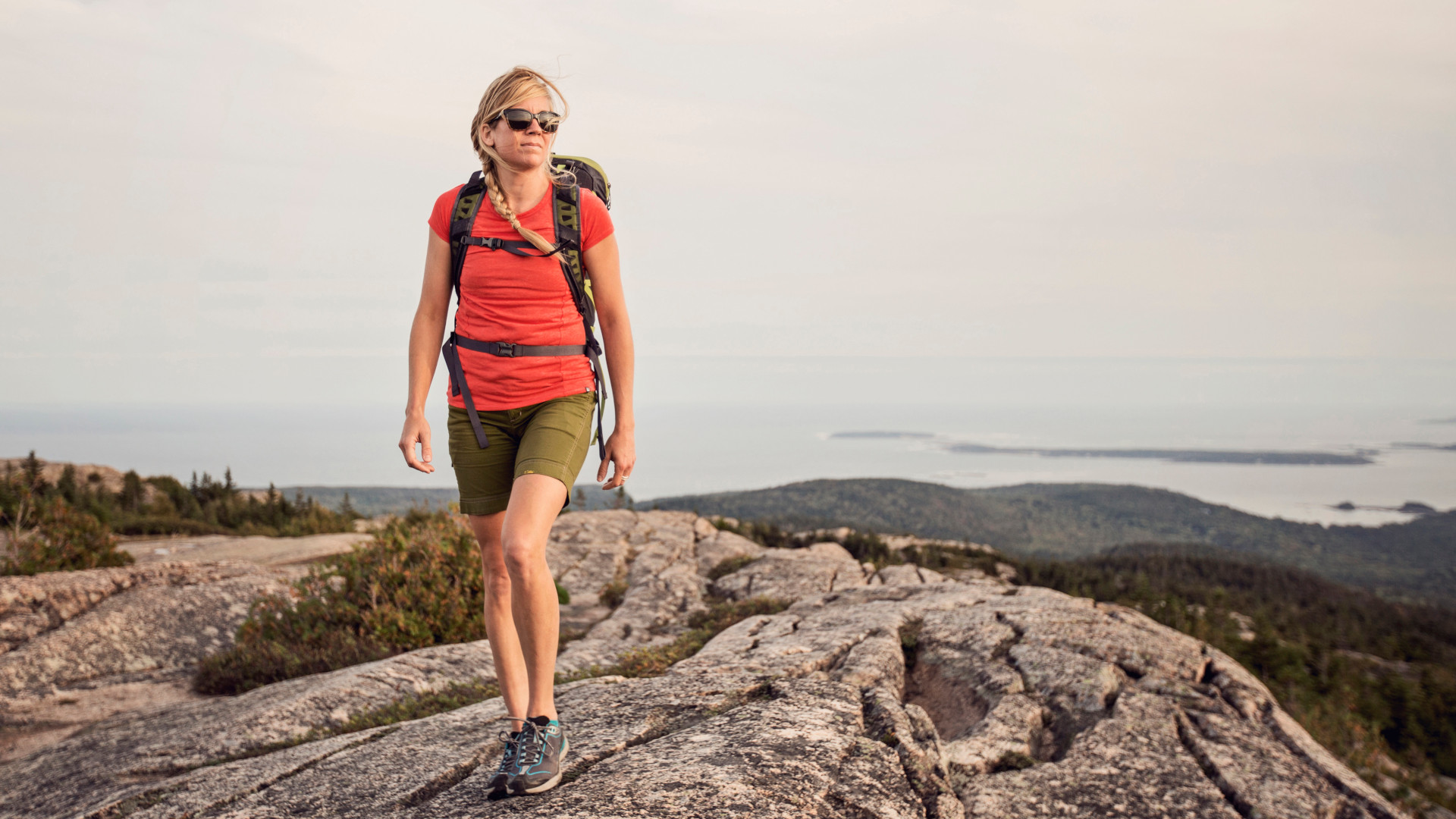
Why do I want the moisture drawn away from my skin?
Before moisture wicking material made its way into our base layers and running tights, most of us wore cotton clothing on the trail and quite frankly, it was pretty uncomfortable. It’s okay to sweat when you’re running or hiking uphill, but the moment you stop for a breather or arrive at camp, you cool off and suddenly you’re out in the cold air with a clammy shirt sticking to you that won’t dry off. It’s a recipe for discomfort, or worse, getting cold.
Moisture wicking materials won’t stop you from sweating – nor do you want them to – but they get the sweat off your skin and they are quick drying which means you’re not hanging around in damp clothes.
That's great, but what if it's hot out?
Sweating is your body’s natural cooling mechanism. It works by evaporating the water off your body – if the sweat stays on your skin, you don’t cool you down which you’ll know if you’ve ever spent time in tropical climates. But if you’ve ever hiked in the desert, you’ll know that you cooled down much faster once you started sweating, even if it was hot out to begin with. That’s because the dry air was able to absorb more of the moisture from your skin than humid air can. Moisture wicking fabrics simply speed this process up, so they’re useful in hot climates too.
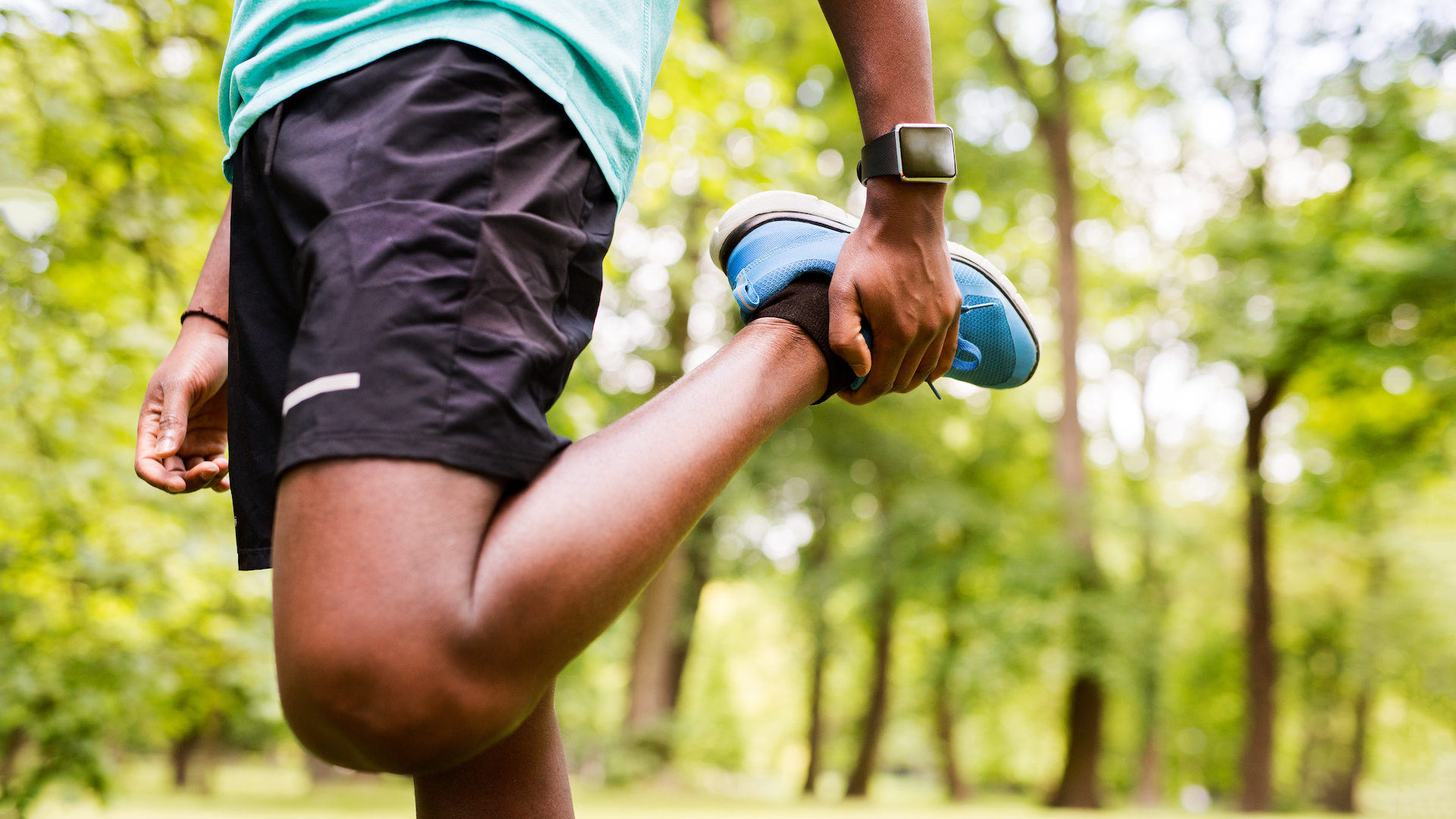
Are there any downsides to moisture wicking material?
One downside of synthetic moisture wicking materials is that they tend to get smellier than fabrics like cotton. This is because their structure traps the bacteria that comes from your body via your sweat, but more recently brands have started incorporating anti-microbial technologies into their fabrics to help with that.
Advnture Newsletter
All the latest inspiration, tips and guides to help you plan your next Advnture!
What about other materials like wool?
Wool is a natural alternative to the synthetic fabrics and does wick moisture nicely. It also doesn’t get as stinky as synthetics and is better for the environment. The downsides to wool are that it tends to come with a higher price tag, and it may not hold up as long or as well as synthetic materials do.
There are also blended moisture wicking materials, like merino wool and bamboo. These are a blend of synthetic and natural materials, which many argue offer the best of both worlds in terms of moisture-wicking and odor control.
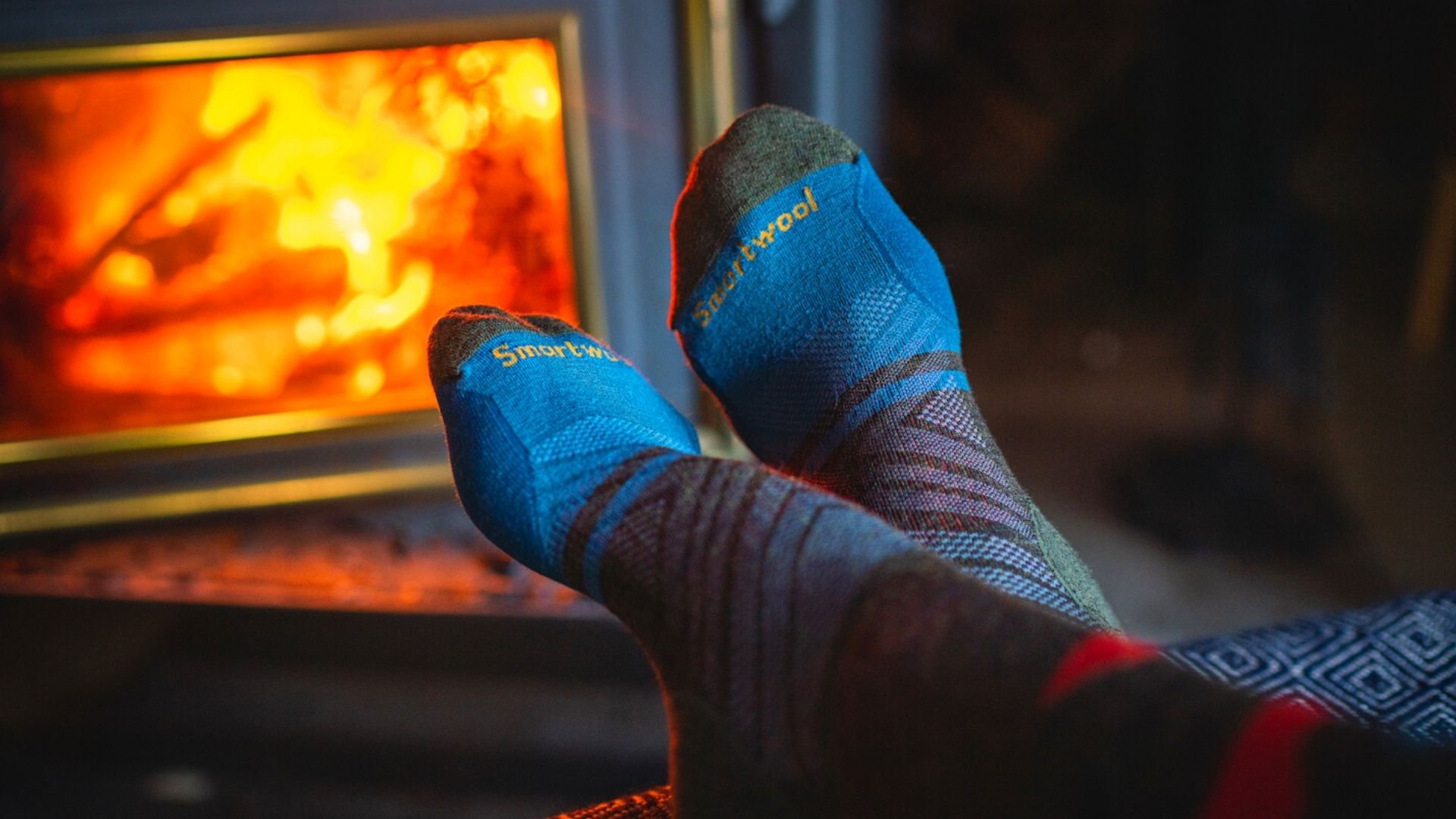
When do I want moisture wicking fabric?
You want to wear clothing made of moisture wicking material for all aerobic activities where you will break a sweat like trail running, hiking, biking and skiing. The more intense the activity, the more moisture wicking you'll want your garments to be. A running jacket needs to have better wicking qualities than a waterproof jacket for winter walking, for example. In winter months, all of your layers don’t have to be moisture wicking, but the one closest to your skin should be to ensure you stay dry and warm. In summer months, you can wear a single layer of lightweight moisture wicking gear to stay dry and cool.
Julia Clarke is a staff writer for Advnture.com and the author of the book Restorative Yoga for Beginners. She loves to explore mountains on foot, bike, skis and belay and then recover on the the yoga mat. Julia graduated with a degree in journalism in 2004 and spent eight years working as a radio presenter in Kansas City, Vermont, Boston and New York City before discovering the joys of the Rocky Mountains. She then detoured west to Colorado and enjoyed 11 years teaching yoga in Vail before returning to her hometown of Glasgow, Scotland in 2020 to focus on family and writing.

